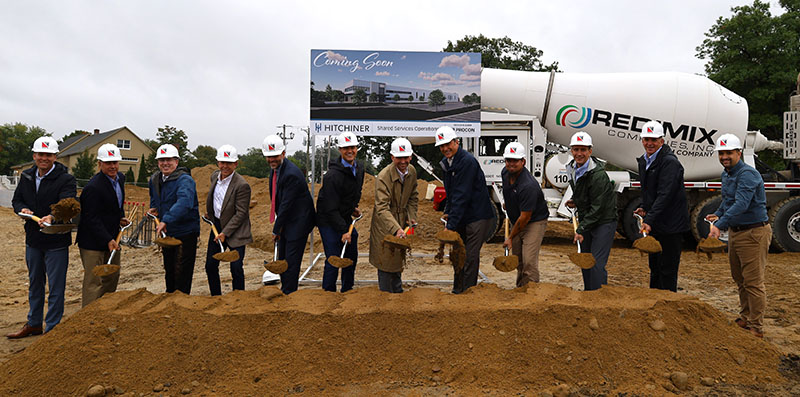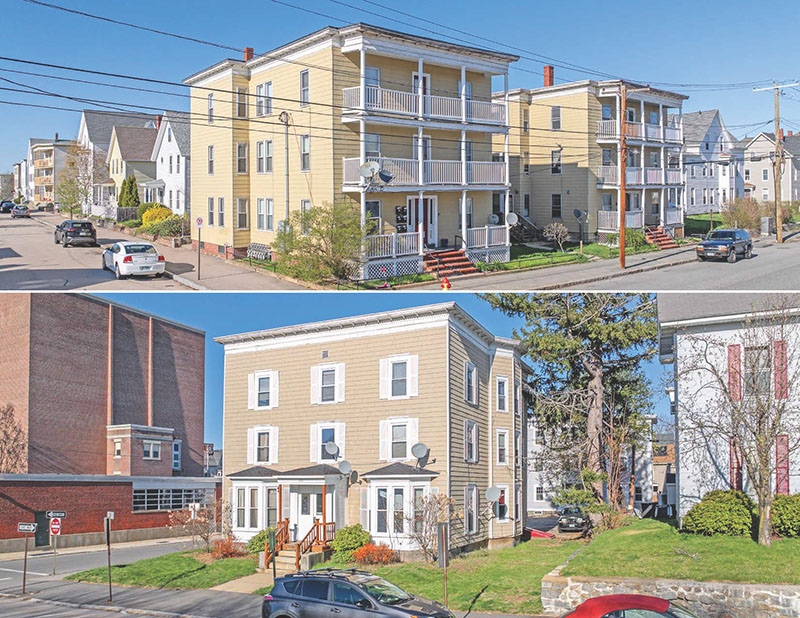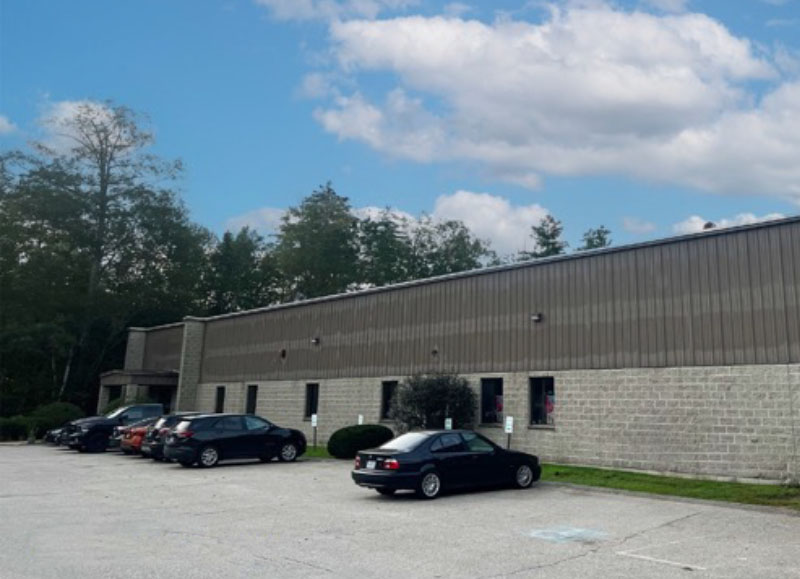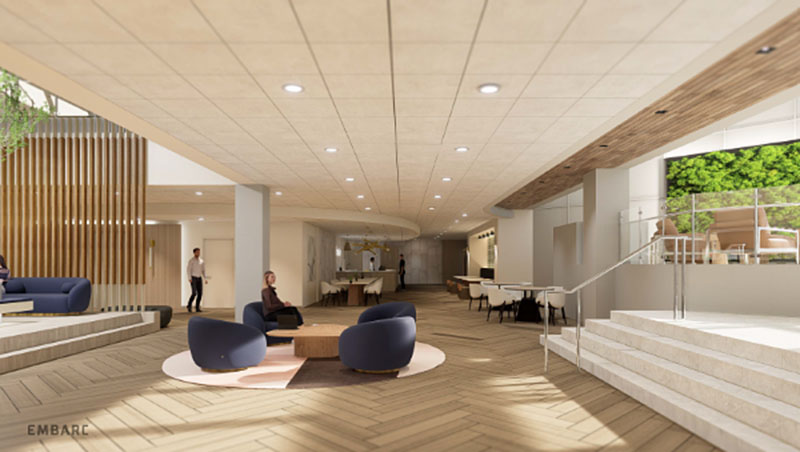Ravenelle joins Elm Grove Companies as vice president of development and construction

Manchester, NH Aaron Ravenelle has joined real estate development firm Elm Grove Companies as the new vice president of development and construction.
Ravenelle brings over 26 years of extensive experience successfully leading development and construction project teams through residential, educational and commercial projects valued in excess of $650 million. At Elm Grove he will specialize in guiding projects through the design process.
Before joining Elm Grove, Ravenelle was a part of the construction of schools and multi-family apartment buildings throughout Maine, Massachusetts, and New Hampshire. Academically, he holds both a Bachelor of Science and a Master of Science degree from the University of New Hampshire.
“We are thrilled to welcome Aaron to the leadership team as our new vice president of development and construction,” said Chris Schleyer, principal at Elm Grove Companies. “We’re confident that he will bring invaluable expertise and experience to the company, helping to lead us in growth as we take on more development opportunities across New Hampshire and beyond.”
Elm Grove Companies is a vertically integrated private equity real estate investment firm providing a strategic approach to acquisitions, development and third-party management backed by experienced principals and senior leadership. The firm employs a rigorous asset selection process, our execution through hands-on asset management, and utilizes an efficient and flexible capital structure. The Elm Grove family of companies is made up of Elm Grove Property Management, Elm Grove Realty, and Elm Grove Investments.
PROCON and Hitchiner break ground on 57,000 s/f shared services operations facility








